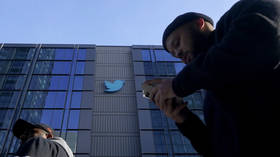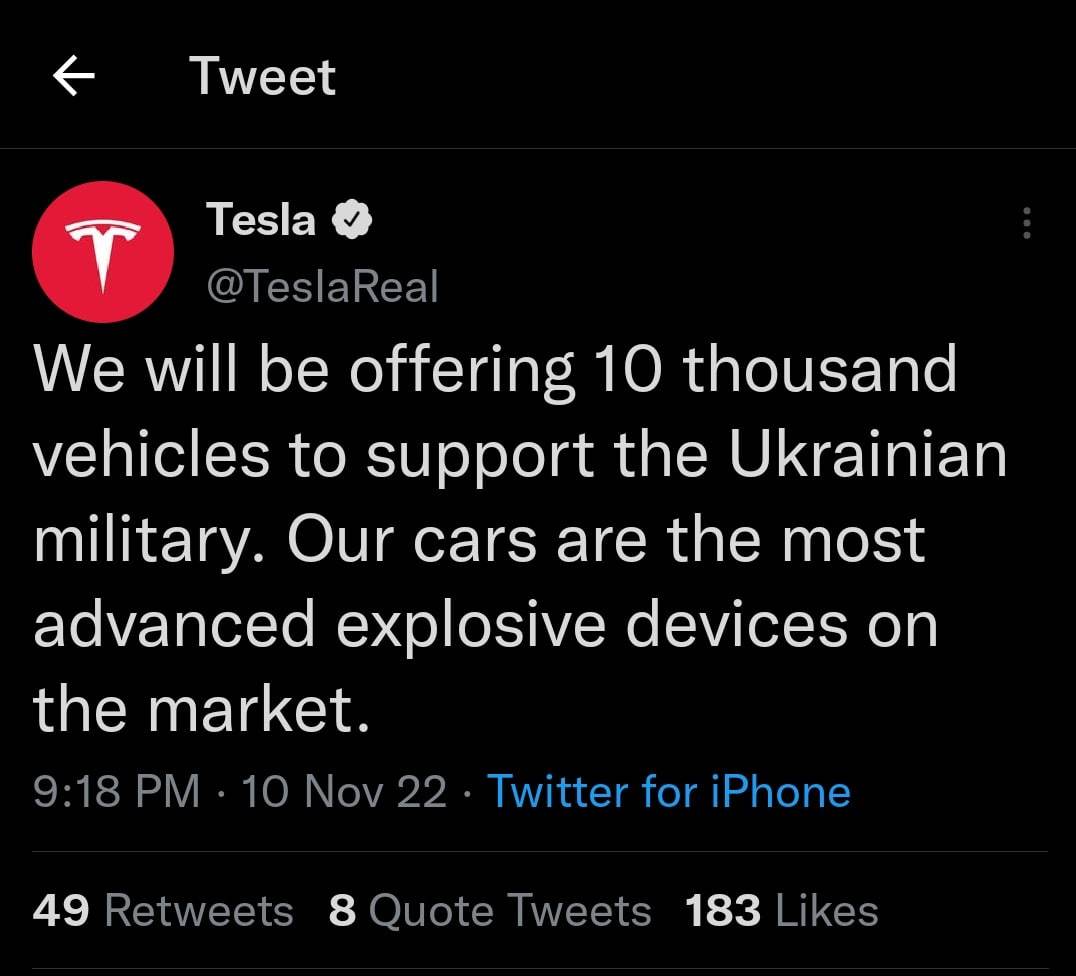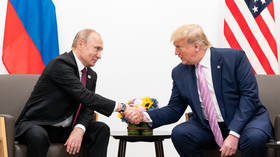Twitter brings back ‘official’ checkmark

Twitter announced on Friday that it had brought back badges marking high-profile accounts as ‘official,’ days after the feature was scrapped. The decision was made as pranksters paid for the previously-exclusive blue checkmarks and imitated some of the world’s largest corporations.
“To combat impersonation, we’ve added an ‘official’ label to some accounts,” Twitter’s support department wrote in a tweet. Two days earlier, the same account said that Twitter would not be bringing the label back, but would be “aggressively going after impersonation and deception.”
The gray checkmarks showed up on some accounts on Wednesday, with Twitter product executive Ester Crawford explaining that they would be used to distinguish major public accounts – like those belonging to “commercial companies, business partners, major media outlets … and some public figures” – from paid subscribers, who receive the blue check previously reserved for major names.
However, Twitter owner and CEO Elon Musk announced shortly afterwards that he “killed” the feature, and that the blue check would be “the great leveler.”
With anyone able to pay $8 per month for a blue checkmark, a glut of imposters soon started posing as major global brands. Bearing the same blue tick as the genuine accounts, these fake accounts appeared indistinguishable from their real counterparts, save for minor differences in the usernames.
An account posing as Tesla, Musk’s electric vehicle company, said on Thursday that it would donate 10,000 vehicles to Ukraine, calling the electric cars “the most advanced explosive devices on the market.” Another posing as US weapons manufacturer Lockheed Martin said that it would no longer sell arms to the US, Saudi Arabia, or Israel, “until further investigation into their record of human rights abuses.”

Another fake-but-verified Twitter account. This time, it's one of the world's biggest military contractors. What could go wrong? pic.twitter.com/MmbpcAQa1H
— Drew Harwell (@drewharwell) November 11, 2022
Several users said on Friday that the option to purchase blue checkmarks had disappeared, although Twitter had not commented on these rumors at the time of writing.
By selling these verification marks, Musk hoped to solve two problems with Twitter: its declining revenue and the proliferation of non-human ‘bot’ accounts. Since purchasing Twitter for $44 billion last month, Musk has also fired around 50% of the firm’s staff, primarily those involved in content moderation. At least six executives resigned from the company this week, amid concerns that Musk’s new acquisition could face bankruptcy during an economic downturn.











